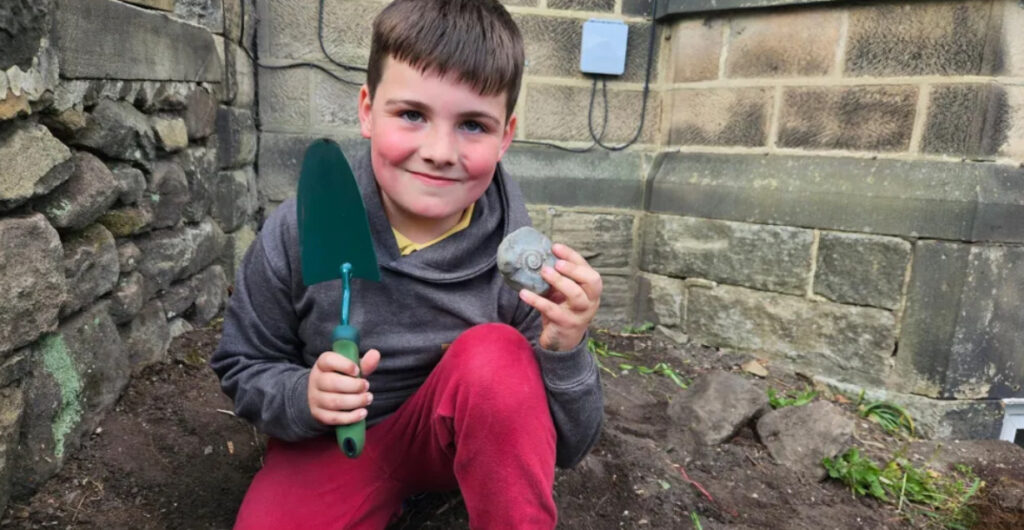A young fossil enthusiast has uncovered fossils dating back 140 million years while digging in his front garden in Matlock, Derbyshire.
Seven-year-old Elliott had moved into his new home with his family just three months ago. While carrying out some work in the garden, he began removing limestone rocks that had become exposed. On splitting the rocks open, Elliott and his parents were amazed to discover they were filled with Jurassic-era fossils.
Speaking about his discovery, Elliott said he was thrilled, explaining that finding fossils makes him even more eager to continue his search. He said each fossil sparks his curiosity about what other ancient creatures he might uncover.
His mother, Gemma, 42, shared her pride in her son’s find, though she admitted the family were less keen on the idea of him digging up the whole garden. Nevertheless, she said the excitement around Elliott’s discoveries made it all worthwhile.
Dr Susannah Lydon, a palaeontologist at the University of Nottingham, explained that fossils are more common in Britain than many people realise. She noted that, typically, fossils remain hidden under vegetation, but coastal areas where erosion occurs are hotspots for fossil hunting.
Although Matlock itself sits atop ancient reef rock rich in fossils, Dr Lydon believes the limestone rocks Elliott found were likely transported from another location, possibly by collectors or builders. She suggested that the fossils could have originated from Dorset, a well-known fossil-rich area.
Dr Lydon confirmed the rocks date back between 140 and 180 million years and contain ammonites, spiral-shelled marine molluscs that lived during the time of the dinosaurs.
She said the true joy of fossil hunting lies in uncovering something that has remained hidden for millions of years, offering a rare glimpse into Earth’s distant past.
For those interested in fossil hunting, Dr Lydon advised that specialist equipment is not necessary. Beginners can start by joining guided tours to learn what to look for, and she recommended searching along cliffs after a storm when new fossils are often revealed.


